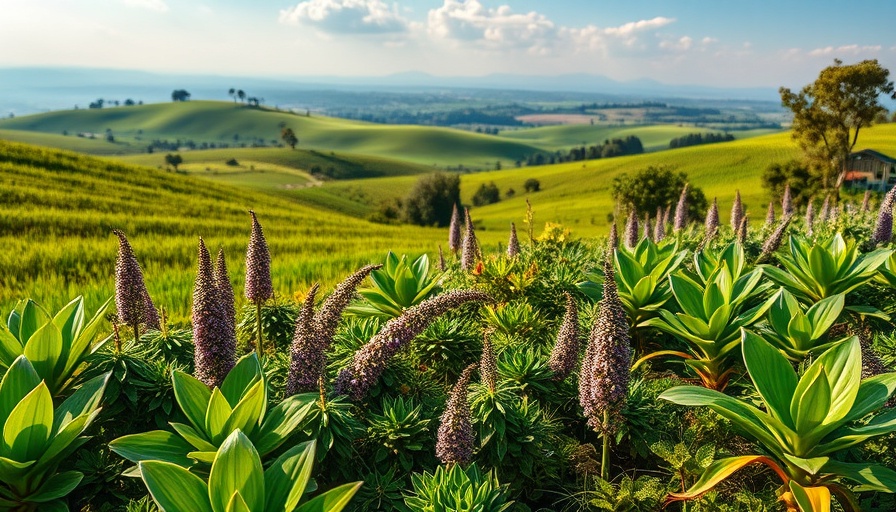
The Profound Wisdom of the Land: An Indigenous Perspective
Recent discussions at a symposium hosted at Dumbarton Oaks centered on the interconnectedness of land and Indigenous knowledge. Organizers Alice Nash and Gabrielle Tayac emphasized that understanding landscapes isn't just about geography; it's about the history, culture, and identity rooted in them. For Indigenous peoples, the land is a living book that tells us who we are, how we sustain ourselves, and how to envision a better future.
Shifting Paradigms: Indigenous Knowledge vs. Western Academia
According to Tayac, the predominant Western approach to knowledge often isolates concepts into rigid categories. However, Indigenous knowledge systems view everything as related and interconnected. This fundamental difference highlights the necessity for a dialogue that respects and incorporates Indigenous perspectives. As shared by Thaisa Way, the symposium aimed to bridge these gaps, fostering collaboration between Indigenous knowledge-keepers and academic scholars.
The Significance of Place Names and Their Narratives
Discussions around place names took center stage with insights from Emil’ Keme, shedding light on the impact of names in representing worldviews. The term Abya Yala, used by Indigenous groups to replace “Latin America,” signifies unity and shared history in the region. Keme notes, "More territory has been taken by maps than guns,” illustrating how renaming places can honor Indigenous identity while challenging colonial constructs.
Energy of the Space: Finding Meaning in Ancestral Land
The land at Dumbarton Oaks—a historic site in Washington, D.C.—holds significance for the Piscataway Nation and serves as a tangible reminder of Indigenous heritage. Grounding the symposium in this land reflects a commitment to recognizing the original stewards of the area while urging attendees to listen to what the land has to say.
Exploring Sustainability Through Indigenous Worldviews
Indigenous perspectives advocate for sustainable living grounded in principles of reciprocity. Sandy Grande's insights into the Quechua people's guiding principle of Sumaq Kawsay highlight the importance of balance and harmony within the environment. This worldview nurtures our inherent responsibility towards the land, making it crucial for modern professionals in landscaping and environmental design to embrace these lessons for a viable future.
Decisions to Make: Embracing Indigenous Insights in Landscaping
Landscapers, architects, and developers can integrate these Indigenous insights into their practices by valuing native plantings, designing sustainable landscapes, and honoring local ecosystems. Engaging with Indigenous knowledge-keepers can lead to innovative approaches that promote environmental stewardship and community well-being.
Ultimately, it’s imperative for professionals in the green industry to reflect on their responsibilities toward the land and the communities they serve. Understanding the narratives held within the landscapes can pave the way to a more sustainable practice.
As you delve into these Indigenous perspectives, consider how your landscaping practices reflect respect for the land and its historical context. Together, we can reshape the ethos of our trade, promoting a more sustainable and inclusive environment.
 Add Row
Add Row 
 Add
Add 


Write A Comment